Winter 2017–2018 Volume 34, Issue 1
Departments

From the Editor: Making History for the Parks
We highlight NPS use of science and the evolution of science-based natural resource management from 1916 to 2016. In the last roughly 35 years we have experienced a surge in the use and refinement of scientific tools and processes that aid us in our work. With this issue I too am marking a personal milestone in my career with the National Park Service.
Tributes
-
 TributeRichard West Sellars
TributeRichard West SellarsNPS historian Sellars wrote a controversial and influential book on park management. He left a legacy of decision-making based on science.
-
 TributeGary L. Larson
TributeGary L. LarsonLarson was an accomplished fresh-water scientist and prolific author. He was also an enthusiastic mentor to students and young colleagues.
-
 TributeDonald R. Field
TributeDonald R. FieldField was a seminal NPS social scientist. He laid a foundation for understanding how we interact with nature in national parks.
Science and Resource Management Timeline

Introduction
The 1916 Organic Act defined the goals of the National Park Service. It also set the stage for more than 100 years of negotiation over human use versus preservation of the parks’ natural and cultural environments.

In 2003, Grand Canyon had four nesting pairs of California condors out of 33 birds restored to AZ. One of many NPS milestones since 1916.
Research Reports

How to Clean a Creek
Yellowstone’s Soda Butte Creek was contaminated with heavy metals from mining for more than 80 years. A successful reclamation project resulted in a stunning change.
-
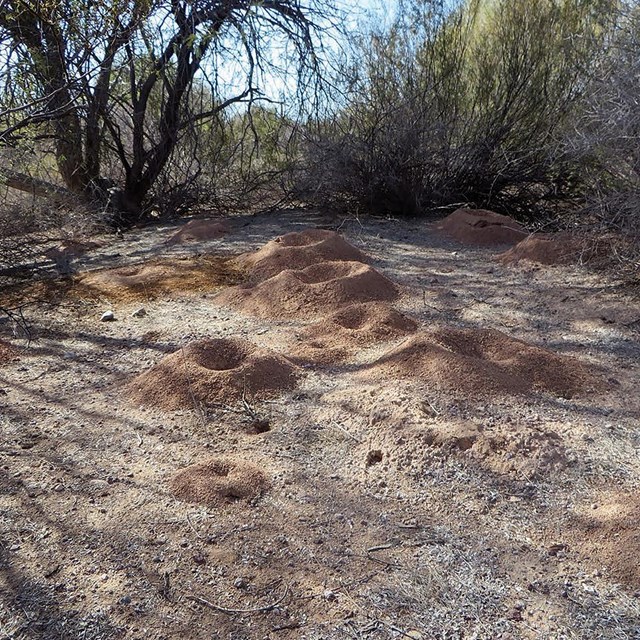 Research ReportThese Ants Hold Their Own
Research ReportThese Ants Hold Their OwnCharismatic leaf-cutter ants at Organ Pipe care about rain or bat and toad attacks. Not so much about agriculture or border infrastructure.
-
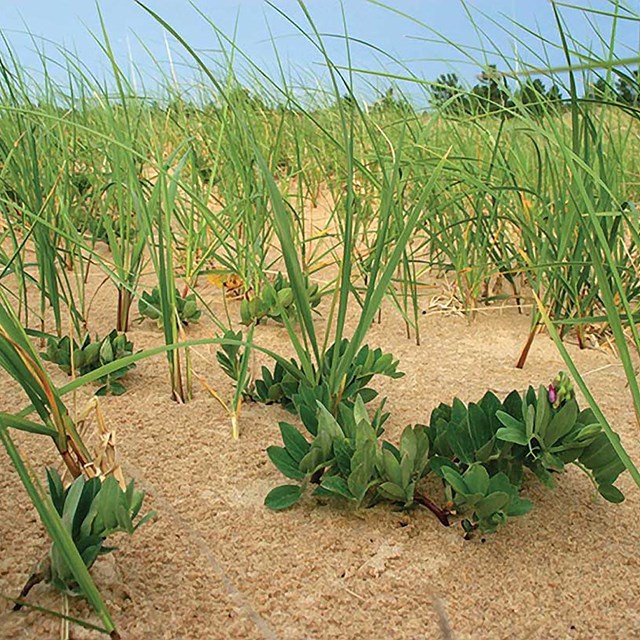 Research ReportRestoring Indiana Dunes Beach Peas
Research ReportRestoring Indiana Dunes Beach PeasThere were 56 survivors of a 2008 reintroduction of state-endangered beach peas. Lessons learned resulted in a tenfold population increase.
-
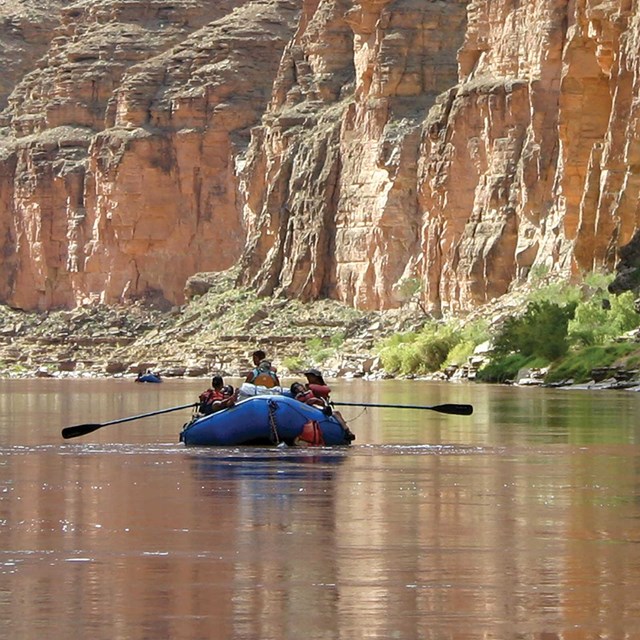 Research Report"Like Tossing Darts"
Research Report"Like Tossing Darts"A rare confluence of surveys teaches us valuable lessons about elusive mail survey response rates.
Case Studies
-
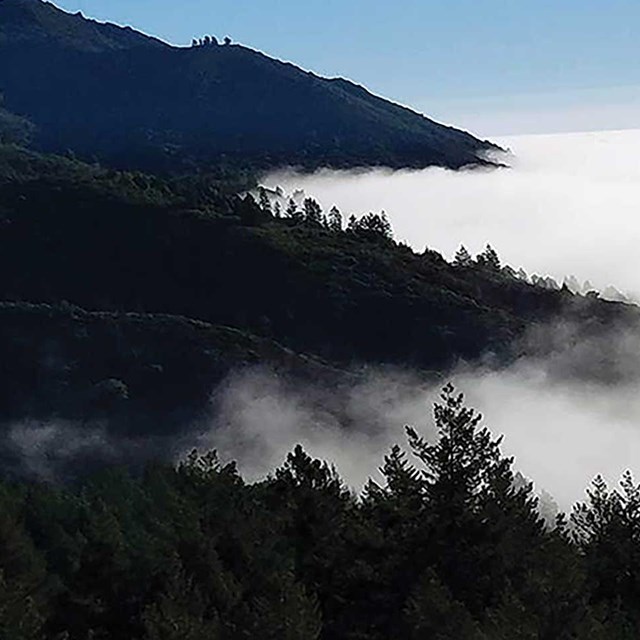 Case StudyMt. Tam Gets a Checkup
Case StudyMt. Tam Gets a CheckupCollaboration was key in measuring the health of the San Francisco Bay Area's beloved Mount Tamalpais.
-
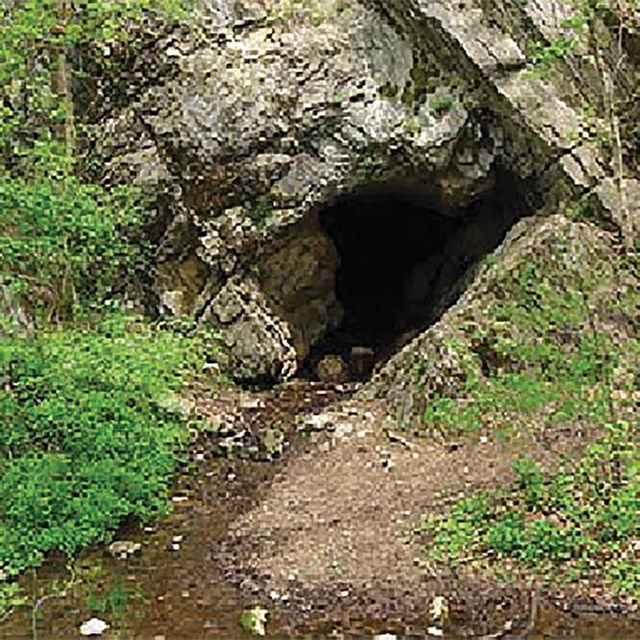 Case StudyA New Tool to Evaluate Sensitive Karsts
Case StudyA New Tool to Evaluate Sensitive KarstsA risk matrix helps managers make decisions about karst habitats and their sensitive residents.
Literature Review
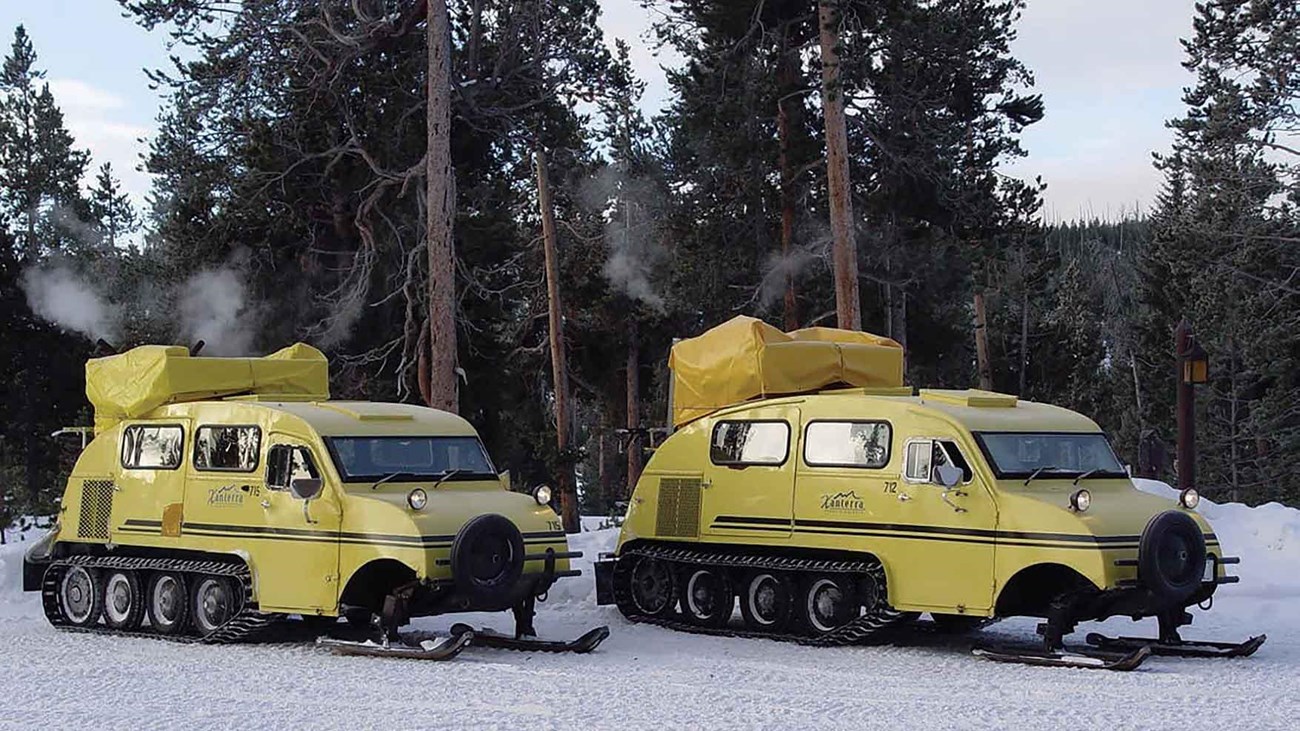
Over-snow transportation in Yellowstone fundamentally changed the park experience. That much we know. There is still a lot more to learn.
Last updated: June 24, 2022
